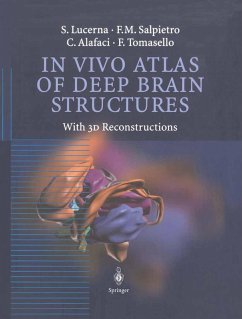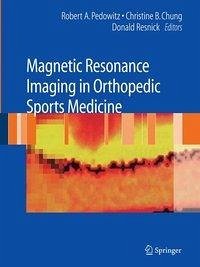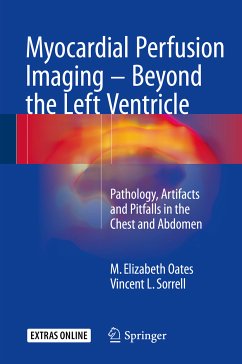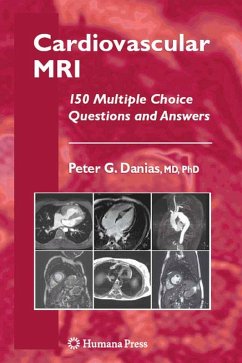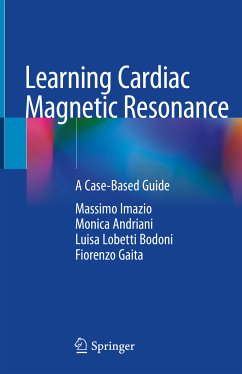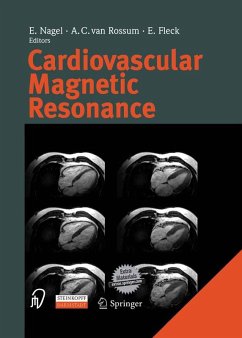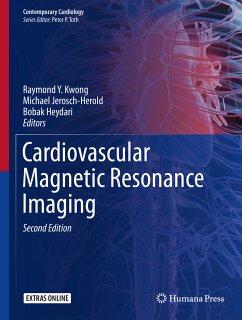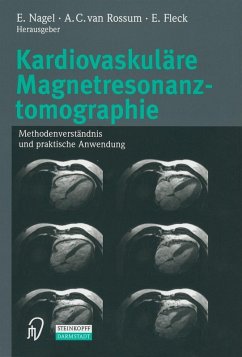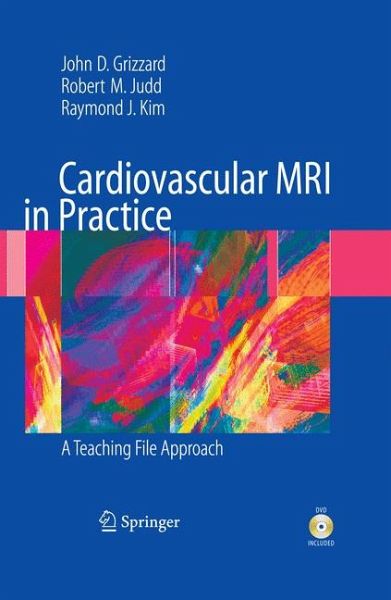
Cardiovascular MRI in Practice (eBook, PDF)
A Teaching File Approach
Versandkostenfrei!
Sofort per Download lieferbar
128,95 €
inkl. MwSt.
Weitere Ausgaben:

PAYBACK Punkte
64 °P sammeln!
Magnetic resonance angiography has an increasing role in imaging the arterial system, due in part to the lack of need for arterial puncture or administration of a nephrotoxic contrast medium. However, less well known is the ability of magnetic resonance imaging (MRI) to assess the heart. MRI is currently used to evaluate cardiac morphology, myocardial perfusion, ventricular function, tissue viability, and coronary artery anatomy. It will become the technique of choice for assessing the patient with suspected atherosclerotic heart disease. This book provides a comprehensive package of cases usi...
Magnetic resonance angiography has an increasing role in imaging the arterial system, due in part to the lack of need for arterial puncture or administration of a nephrotoxic contrast medium. However, less well known is the ability of magnetic resonance imaging (MRI) to assess the heart. MRI is currently used to evaluate cardiac morphology, myocardial perfusion, ventricular function, tissue viability, and coronary artery anatomy. It will become the technique of choice for assessing the patient with suspected atherosclerotic heart disease. This book provides a comprehensive package of cases using cardiac MRI. It contains 150 cases authored by leading academic clinicians, and features images and discussions presented in a sequential/categorical format. The book contains all the relevant instructive text.
Dieser Download kann aus rechtlichen Gründen nur mit Rechnungsadresse in A, B, BG, CY, CZ, D, DK, EW, E, FIN, F, GR, HR, H, IRL, I, LT, L, LR, M, NL, PL, P, R, S, SLO, SK ausgeliefert werden.




